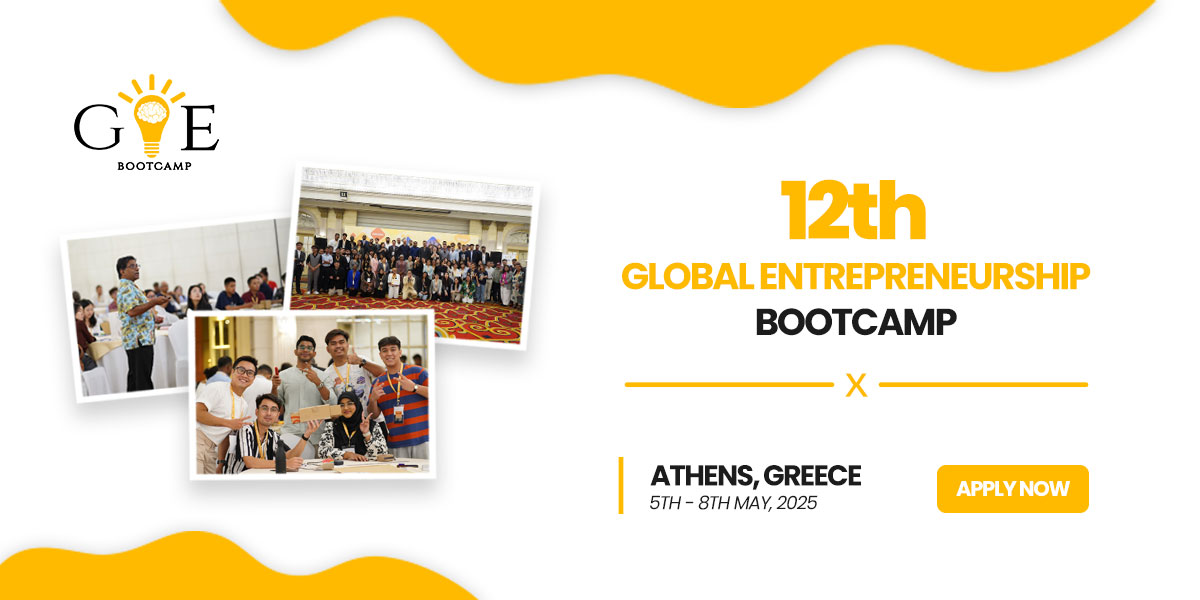
Details
Asia Climate Solutions(ACS) Design Grant 2024
The Asia Climate Solutions (ACS) Design Grant 2024 awards grant funding for the design and launch of innovative blended finance solutions that mobilize private capital to sectors critical for climate transition and resilience in developing markets in Asia.
The ACS Design Grant aims to demonstrate the potential of funding from family offices, foundations, and donor agencies to catalyze blended finance solutions addressing the climate finance gap, at scale. The anchor donors of this initiative are the Monetary Authority of Singapore, the Department of Foreign Affairs and Trade Australia, Olayan Group, and UBS Optimus Foundation. The ACS Design Grant will target critical climate mitigation and adaptation sectors in Asia including nature-based solutions (NbS), clean energy transition, and sustainable cities and infrastructure. It will provide feasibility study and proof of concept grants for innovative solutions using blended capital structures to crowd-in climate-smart investment in the region.
Check: OpenAI Superalignment Fast Grants 2024
Grants
Applicants can apply for feasibility study or proof-of-concept funding:
- Feasibility study applications must be able to 1) present a viable investment thesis, and an initial capital structure and 2) demonstrate early engagement with potential investors and relevant stakeholders.
- Grants range between USD 50,000 to USD 200,000.
- Funding to explore the feasibility of the concept. For example, a combination of the following activities would be eligible:
- Assessing the investability/bankability of the concept
- Conducting market scoping and stakeholder consultations
- Conducting an impact analysis including climate and gender impact potential
- Designing the capital and legal structure
- Promising feasibility studies funded through this window may be considered for follow-on proof-of-concept funding.
- Proof-of-concept applications will be expected to present 1) interest and ideally commitment from investors and relevant stakeholders to support the concept, and 2) a financial model.
- Grants range between USD 200,000 to USD 400,000.
- If a feasibility study (or equivalent) has been completed, then funding would be provided to complete all design and structuring activities to launch. For example, a combination of the following activities would be eligible:
- Finalizing the capital structure and financial model
- Fundraising and marketing activities with prospective investors
- Final selection of implementing partners
- Finalizing the legal structure and producing key documents needed to launch
- Development of an impact assessment framework and gender action plan (or equivalent) based on the impact analysis from prior feasibility work.
Also Check: Avernus Education International Essay Competition 2023/24
Eligibility Criteria for ACS Design Grant 2024
Proposals must meet the following eligibility criteria:
- Purpose:
- Proposals articulate a clear need for grant support for the design and/or launch of an innovative blended finance solution.
- Solutions must target climate change mitigation and/or adaptation.
- Geography: Proposals target one or more developing market(s) in Asia. Applicants do not need to be domiciled in a developing market(s) but end beneficiaries and target activities must.
- Sectors: Proposals target one or more of the following sector(s) and sub-sector(s):
- Nature-based Solutions (NbS)
- Sustainable forestry and climate-smart land use / adaptation
- Sustainable agriculture and agroforestry
- Climate-related insurance and disaster resilience
- Natural resource management, directly linked to preserving and protecting natural assets, such as:
- Sustainable fisheries and aquaculture
- Sustainable forestry
- Forest and blue carbon
- Coastal protection
- Eco-tourism
- Nature-based Solutions (NbS)
- Clean Energy Transition
- Renewable energy generation (on-grid and off-grid)
- Energy efficiency
- Energy transmission, storage, and distribution
- Sustainable Cities & Infrastructure
- Sustainable infrastructure/housing
- Low-carbon transportation
- Waste and wastewater management
- Urban Nature-based Solutions
- Applicant: Proposals will only be accepted from organizations or consortiums of organizations. For example, eligible organizations could include asset owners, asset managers, advisory firms, foundations, not-for-profit organizations, and private enterprises. The lead organization must be able to provide 1) proof of incorporation, and 2) financial statements for the previous fiscal year.
You might find it worthwhile to investigate: 2024 GSMA Innovation Fund for Humanitarian Challenges
The next application deadline is February 12, 2024.
Specifications
| Type of Opportunity | Competitions and Awards |
|---|---|
| Deadline | 12 February,2024 |
| Country | Canada |
| Organizer | Convergence Blending Global Finance |
| Contact the organizer | Toronto, ON M5C 2V6, |
